Android
Tap, Tap lets you do a triple tap gesture on the back of your Android phone

Tap, Tap lets you do a triple tap gesture on the back of your Android phone.
Back in February, we detailed a hidden feature in the Pixel’s SystemUI app called “Columbus” — a new gesture mechanism created by Google that utilizes sensor data from the gyroscope and the accelerometer to detect taps on the back of select Pixel phones. Google was working on making it possible to perform actions like launching the Google Assistant or taking screenshots using this unique feature, but the company removed these gestures in Android 11 beta builds. XDA Recognized Developer Quinny899 then decided to reuse the under-the-hood machine learning code and TensorFlow models to create an app called “Tap, Tap” that enables the double back tap gesture on any Android device. You don’t need to be rooted to use the nifty little app, and it even has the capability to integrate with Tasker for greater customizability.
Tap, Tap Gesture Feature
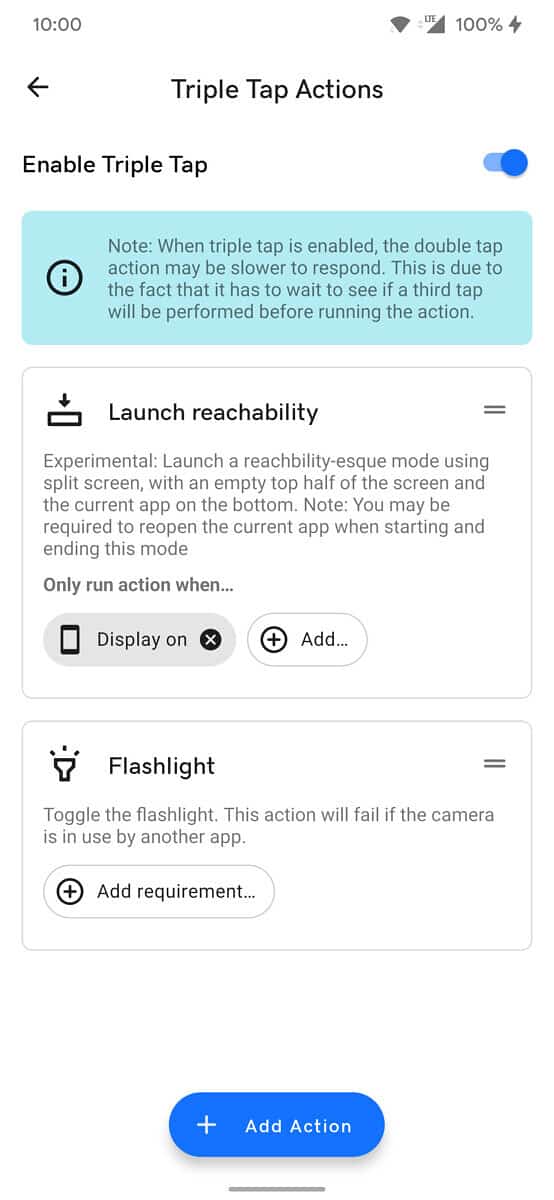
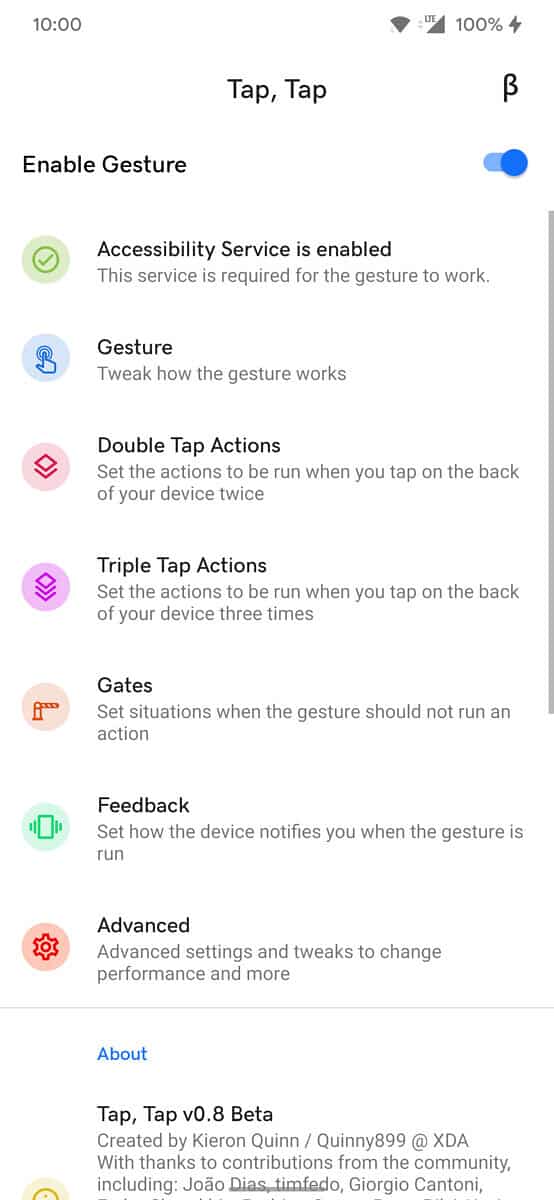
Since our initial coverage, the developer has added a bunch of fixes as well as new functionalities in the app. First of all, Tap, Tap is longer considered as alpha. The first beta build (version 0.8) arrived two days ago, which is now succeeded by a quick hotfix build (version 0.8.1). Secondly, it is now possible to configure triple tap gestures using the app. Note that enabling triple tap gesture may slow down double tap actions in some cases.
Apart from these changes, the first Tap, Tap beta release brings in four new Android 11 accessibility global actions that include app drawer actions when supported launchers are installed. Support for legacy ARMv7 devices has also been added since version 0.4 alpha. There is an experimental sensitivity option with a slider under the gesture settings (since version 0.5 alpha), which should be useful for end users to tune the ability of the sensors to recognize tapping. Last but not least, the Gates module, i.e. the conditional execution routine, can now detect headsets, music playing, and when the device is placed down flat on a table.
Changelogs of Tap tap 0.8.1 Beta
- Fixed crash changing feedback options for some devices
- Further changes to the service to hopefully fix duplication of listeners/actions
- Fixed missing apps on Android 11 due to package visibility changes
- Added empty states to actions and gates pages
- Fixed crash when triple tap was enabled and run but no actions were set
As always, you can download the latest APK of Tap, Tap using the “Latest Release” tag from the project’s GitHub repo. Alternatively, head over to the XDA forum thread linked below and grab the APK from the first post.
Tap, Tap — XDA Download and Discussion Thread
Also read: Airtel Xstream Fiber now available in Ladakh, Andaman Islands and Nicobar Islands
If you have any issues follow me on Instagram or join our Telegram Group.
For the latest TechNews and Reviews, follow Techibee on Twitter, Facebook, and subscribe to our Youtube channel.
Source : XDA
For More Such Updates Follow Us On – Telegram, Twitter, Google News, WhatsApp and Facebook
News
Nothing OS 2.5 Open Beta 1 with Android 14 Announced for Nothing Phone (2)
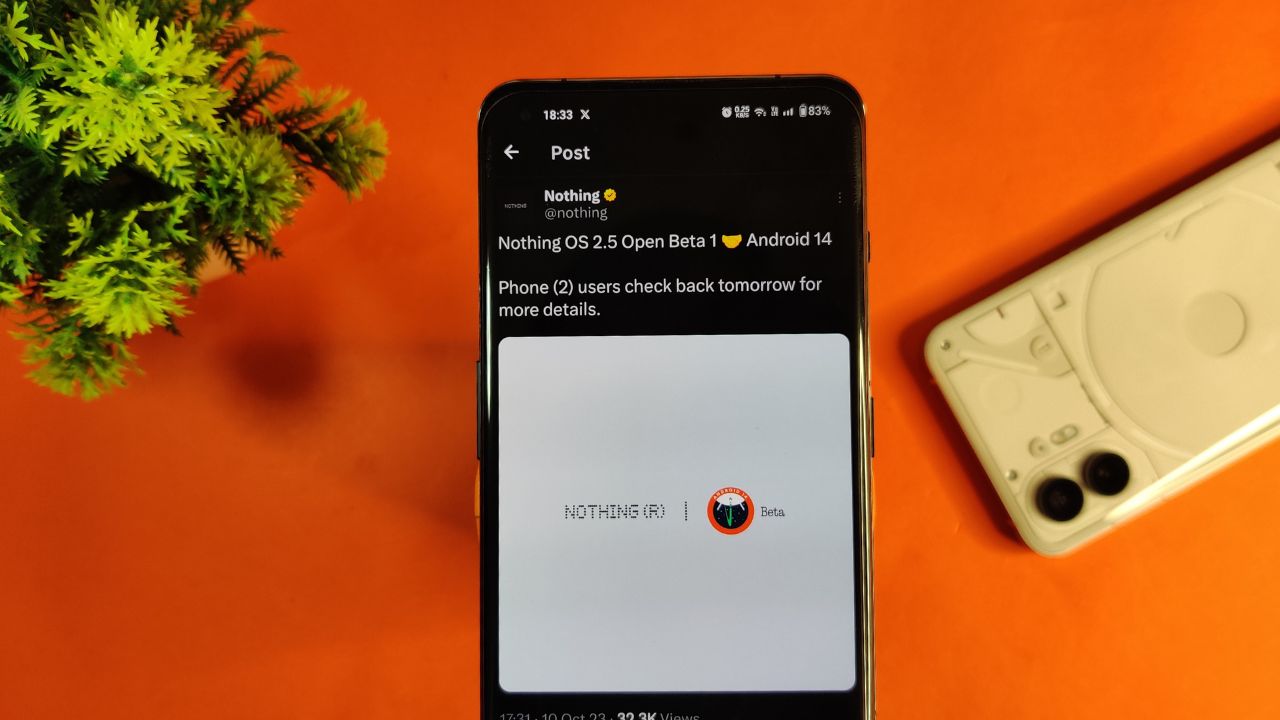
Nothing company has announced its next significant update “Nothing OS 2.5 Open Beta 1” for Nothing Phone (2) users. This new update is based on Android 14. Starting tomorrow, users of the Phone (2) can expect this update on their devices. If there are any special steps needed to install it, the company promises to provide guidance.
The announcement about Nothing OS 2.5 Open Beta 1 came via the company’s official X handle, which used to be known as Twitter. According to their post, more details about this update will be shared on October 11.
However, there’s a bit of a wait on the specifics. Nothing hasn’t yet confirmed the exact time the update will be released. So for now Phone (2) users have to wait for a little while until the next announcement from the company.
For More Such Updates Follow Us On – Telegram, Twitter, Google News, WhatsApp and Facebook
News
Android 14 Update is Now Live for Pixel Devices
Google’s Pixel devices are now receiving the much-awaited Android 14 update. This follows a preview program that began in February, where several previews and betas were issued. If you own a Pixel 4a 5G or a later model, you can download this latest Android version.
It’s not just Pixel users who can look forward to this update. Companies like Samsung, iQOO, Nothing, OnePlus, Oppo, Realme, Sharp, Sony, Tecno, vivo, and Xiaomi plan to release Android 14 updates for their devices soon.
A highlight of Android 14 is its customization features. Google had hinted at these earlier, and now they are a reality. Generative AI wallpapers are making their debut on Pixel 8 and Pixel 8 Pro, backed by advanced text-to-image diffusion models.
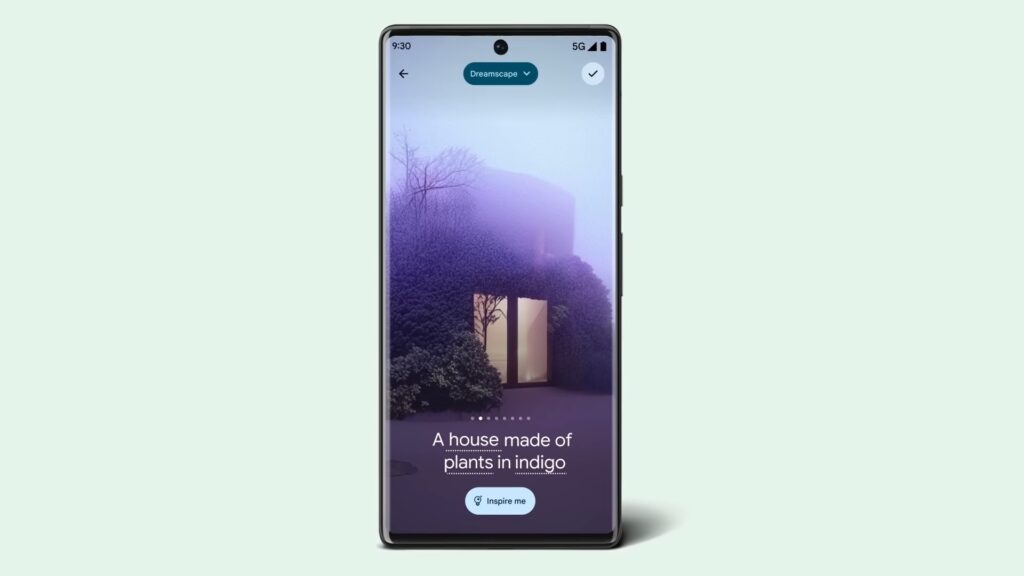
Lock screen personalization has also leveled up. Users can change font styles, choose from different color palettes, and add custom widget shortcuts. This makes it quick and easy to access tools like the QR reader or the Google Home app. There’s even a new feature where the home screen templates adjust dynamically. For instance, if there’s a storm approaching, the weather app widget becomes more noticeable.
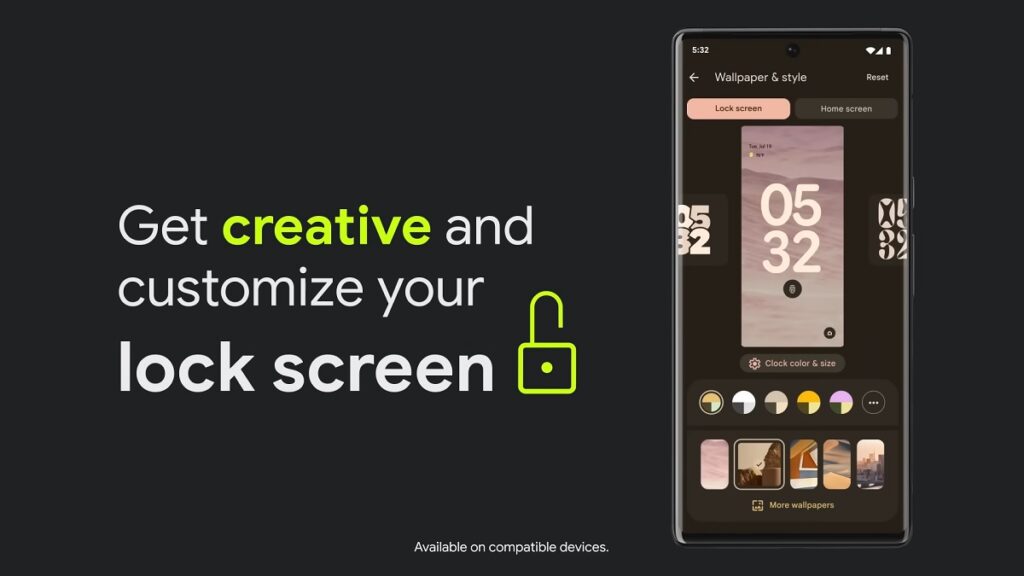
Photography enthusiasts will appreciate Android 14’s support for HDR images. The Ultra HDR feature enhances photo quality, making pictures look more vibrant. Audio enhancements are also part of the package, with the inclusion of native spatial audio support, a new media player, and a cross-device copy/paste function.
Prioritizing user privacy and security, Android 14 introduces Health Connect. This feature securely stores and encrypts personal health data directly on the device. Users will now also receive alerts if apps want to share location data with third parties, and they have the option to decline such requests.
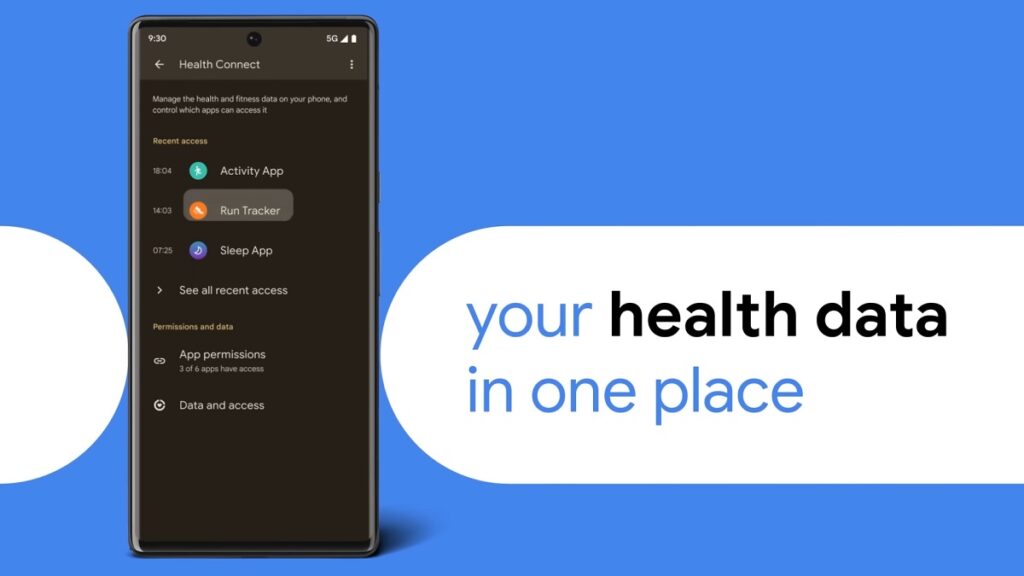
Improvements extend to passkey features. Android 14 offers enhanced support for fingerprint authentication in external apps. Additionally, there’s a revamped 6-digit PIN lockscreen option.
Accessibility has also been a focus for this update. Users can now magnify content more effectively using the pinch-to-zoom feature and select from various magnification sizes. The quick settings menu offers faster font size adjustments using nonlinear scaling, which makes text easier to read. Hearing aid users will find the dedicated setup in the Accessibility settings beneficial, along with expanded options to direct audio to different outputs.
For More Such Updates Follow Us On – Telegram, Twitter, Google News, WhatsApp and Facebook
Leaks
Is Android 14 Releasing on October 4? Telus Listing Suggests So
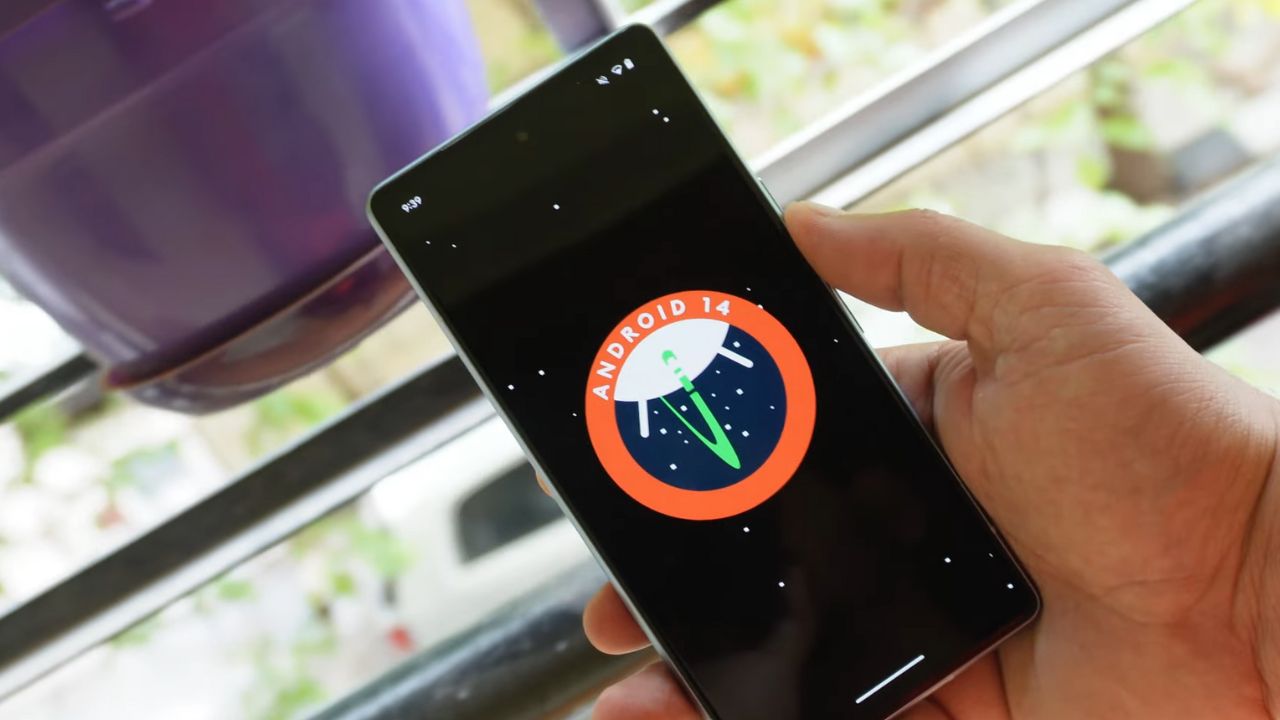
The release of Google’s Android 14 has been much awaited. The latest buzz suggested that it would be unveiled on the same day as the Pixel 8 and Pixel 8 Pro announcement on October 4. While this was initially just a rumor the latest information seems to add some weight to it.
Canadian carrier Telus has provided a clue. They listed software update start dates for the devices they sell. For all Pixel devices beginning with the Pixel 4a the name “Android U” was set for an October 4 rollout.
The term Android U stands for Android Upside Down Cake. This is the inside name for Android 14. Interestingly this detail on Telus’s list was later removed. This change might be because Google noticed the details circulating online and asked Telus to take the information down. This is just a guess. It’s not clear what really happened. There’s a small chance that the initial information was not correct.
But there’s not much waiting left. In less than one day everything will be clear. If Android 14 is set to release on October 4 it is likely that Google will announce it at its big event. So everyone should watch out for that. We will keep you updated on any new developments.
Update: Droid-life.com has updated their article, saying that the information has been removed from the Telus listing as of now.
For More Such Updates Follow Us On – Telegram, Twitter, Google News, WhatsApp and Facebook
